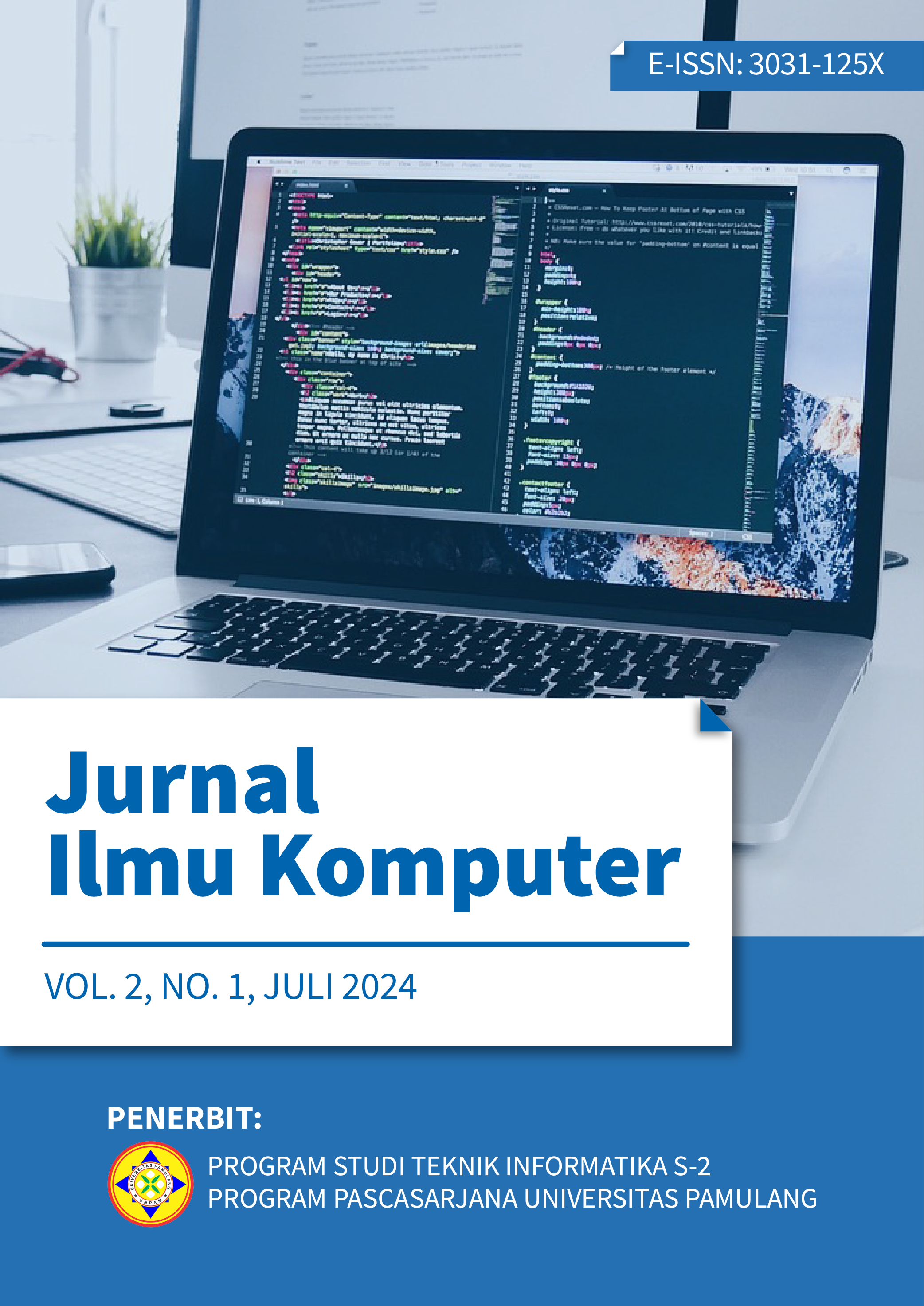Perbandingan Efisiensi Metode Simple Additive Weighting (SAW) dan Weighted Product (WP) Dalam Sistem Penilaian Kinerja Guru Honorer
Keywords:
Teacher, PPPK Teachers, WP method, Performance Assessment, SAWAbstract
The teacher is the key to the success of the quality of education in this country with the main task of educating, teaching, guiding, directing, training, assessing, and evaluating students in early childhood education through formal education, basic education and secondary education. Teachers with honorary teacher status are the beginning of a career path for a teacher. assessment of teacher performance as an illustration of the results of the performance and teaching ability of a teacher. In addition to encouraging motivation, dedication, loyalty, professionalism, and improving the quality of education, teacher performance assessments are also used as a reference, and recommendation for raising the teacher's career path. The methods used in teacher performance assessment research or with similar objects are the SAW method, WP method, Fuzzy Logic, Analytical Hierarchy Process (AHP) method, Decision Tree method, Composite Performance Index (CPI) method and TOPSIS method. However, there has been no research comparing the SAW method with the WP method in terms of the efficiency of the calculation process time, so it is not yet known which method is more efficient in terms of calculation process time in the teacher performance appraisal system, so in this research, we will compare the SAW method with the WP method in honorary teacher performance assessment system, so that it can be seen which method is more efficient in terms of the calculation process for honorary teacher performance assessment.
References
[1] D. Erwandi, E. D. S. Mulyani, and A. S. Senjaya, “Sistem Pendukung Keputusan Untuk Penilaian Kinerja Guru Menggunakan Metode Weighted Product (Studi Kasus : Madrasah Ibtidaiyah Condong),” 2018.
[2] A. N. Najm Al Inu, D. Fitriani, E. A. S. Bani, and M. L. Winandar, “Peran Guru Sebagai Agen Pembaharu dalam Meningkatkan Kualitas Pembelajaran yang Inovatif di Sekolah Dasar,” J. Educ., vol. 5, no. 2, pp. 1696–1701, Jan. 2023, doi: 10.31004/joe.v5i2.806.
[3] M. Munawir, A. Yasmin, and A. J. Wadud, “Memahami Penilaian Kinerja Guru,” J. Ilm. Profesi Pendidik., vol. 8, no. 1b, pp. 627–634, Apr. 2023, doi: 10.29303/jipp.v8i1b.1237.
[4] S. Rahayu and A. Sindar, “Sistem Pendukung Keputusan Penilaian Kinerja Guru Menggunakan Metode Simple Additive Weighting,” J. Ilmu Komput. Dan Inform., vol. 2, no. 2, pp. 103–112, Mar. 2022, doi: 10.54082/jiki.28.
[5] M. Wijana, G. Juliansyah, and D. Apriantsani Budiman, “Sistem Pendukung Keputusan Penilaian Kinerja Guru Menggunakan Metode Weighted Product di SMK Bakti Ilham Rancaekek,” J. Dimamu, vol. 2, no. 1, pp. 21–28, Dec. 2022, doi: 10.32627/dimamu.v2i1.659.
[6] S. Panjaitan and A. A. Alfajrin, “Fuzzy Logic Menentukan Guru Terbaik Menggunakan Metode Sugeno Di Batam Smk Putra Jaya School”.
[7] M. A. Rohmat and Kusrini, “Penerapan Metode Analytical Hierarchy Process (AHP) Dalam Sistem Pendukung Keputusan Penilaian Kinerja Guru,” Metik J., vol. 5, no. 1, pp. 55–62, 2021, doi: 10.47002/metik.v5i1.217.
[8] R. Toyib and S. A. Saputera, “Aplikasi Sistem Penilaian Kinerja Guru Dengan Metode Decision Tree Menggunakan Algoritma ID3 (Studi Kasus SLTP Negeri 3 Marga Sakti Bengkulu Utara),” J. Technopreneurship Inf. Syst. JTIS, vol. 2, no. 1, pp. 1–7, 2019, doi: 10.36085/jtis.v2i1.88.
[9] M. Tarmizi, L. Atika, and I. Seprina, “Sistem Pendukung Keputusan Penilaian Guru Berprestasi Menggunakan Metode Composite Performance Index Pada SMK BSI Palembang,” in Bina Darma Conference on Computer Science (BDCCS), 2019, pp. 414–423.
[10] Y. _ Kurnia, “Penilaian Kinerja Guru Menggunakan Metode TOPSIS,” JSAI J. Sci. Appl. Inform., vol. 1, no. 3, pp. 70–75, Nov. 2018, doi: 10.36085/jsai.v1i3.63.
Downloads
Published
Issue
Section
License
Copyright (c) 2024 Romdon Maulana, Murni Handayani, Sajarwo Anggai

This work is licensed under a Creative Commons Attribution-ShareAlike 4.0 International License.



